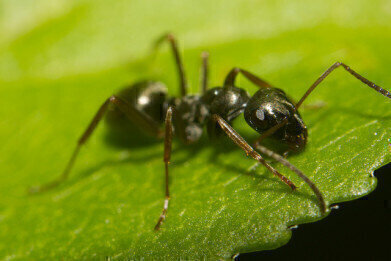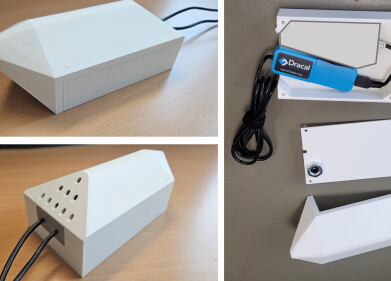Environmental Laboratory
How Do Ants Help Plants Grow?
Sep 13 2017
The natural world is a marvellous thing. From plovers (tiny birds) picking leeches from between the teeth of crocodiles to bees spreading the pollen and cross-germinating flowers of all kinds, there is often a unique harmony between one species and another.
Ants have long been known to have a mutually-beneficial relationship with the plants upon which they march. While the plants supply the ants with a sugar-rich nectar, the ants devour insects and other parasites which cause damage to their leaves and stems. However, scientists from Aarhus University in Denmark have now hit upon another way in which these tiny creatures help trees and plants of all shapes and sizes – through their waste.
A symbiotic relationship
Ants can be found in droves upon the leaves and stems of plants of all varieties. The flora attracts them by secreting a nectar that contains high amounts of sugar, thus giving the ant energy and nutrients. In return, the ants rid the plants of insects and other unwanted creatures which can cause damage to their structure.
Researchers discovered this symbiotic link years ago and have leveraged it to the improve performance in horticulture – for example, by introducing ants into apple orchards in order to cut down on pest and improve growth. Now, through complex environmental matrix analysis, Danish scientists have found yet another advantage to hosting ants which comes from the unlikeliest of sources: their urine and faeces.
One man’s waste is another man’s nourishment
Animal urine has been discovered to contain naturally occurring steroids, which can be harvested for a variety of purposes, but the Aarhus study is the first to identify the unique selling points of ant excrement.
Containing vital amino acids and urea, the ant’s urine and faeces can be exploited by the plants for a boost in its growth. Researchers determined this by building a miniature coffee plantation in their inhouse laboratory. Small suspension bridges were set up between some (but not all) of the coffee plants and some leaves were wrapped with plastic, thus preventing the urine and faeces from coming in to contact with them.
However, the researchers found that higher levels of nutrients (and accompanying enhanced growth) were present in the leaves and crowns of all plants which the ants could reach – even those with covered leaves. This means that the plant is capable of absorbing the nutrients in the ants’ excrement and intravenously distributing it to other parts of its ecosystem.
“Great ecological importance”
Joachim Offenberg, lead author on the paper, said that the study was a breakthrough in understanding the relationship between ants and plants and demonstrates a harmony not previously thought possible.
“For the first time, we have shown that nutrients from ant waste are taken up by the leaves and transported to other places in the tree,” he explained. “This has great ecological importance. The ants, which primarily feed on insects in the trees, digest the insects and hand the nutrients on a silver platter to the plants. You can almost say that the plants receive the nutrition intravenously exactly where they need it.”
If only humans could take a page out of the ant’s book and interact with the natural world (and with each other!) as harmoniously as our tiny brethren, the planet would surely be a much better place.
Digital Edition
IET 34.2 March 2024
April 2024
Gas Detection - Biogas batch fermentation system for laboratory use with automatic gas analysis in real time Water/Wastewater - Upcycling sensors for sustainable nature management - Prist...
View all digital editions
Events
May 13 2024 Munich, Germany
May 15 2024 Lund, Sweden
May 15 2024 Frankurt-am-Main, Germany
May 20 2024 Columbus, OH, USA
May 21 2024 Lagos, Nigeria


















